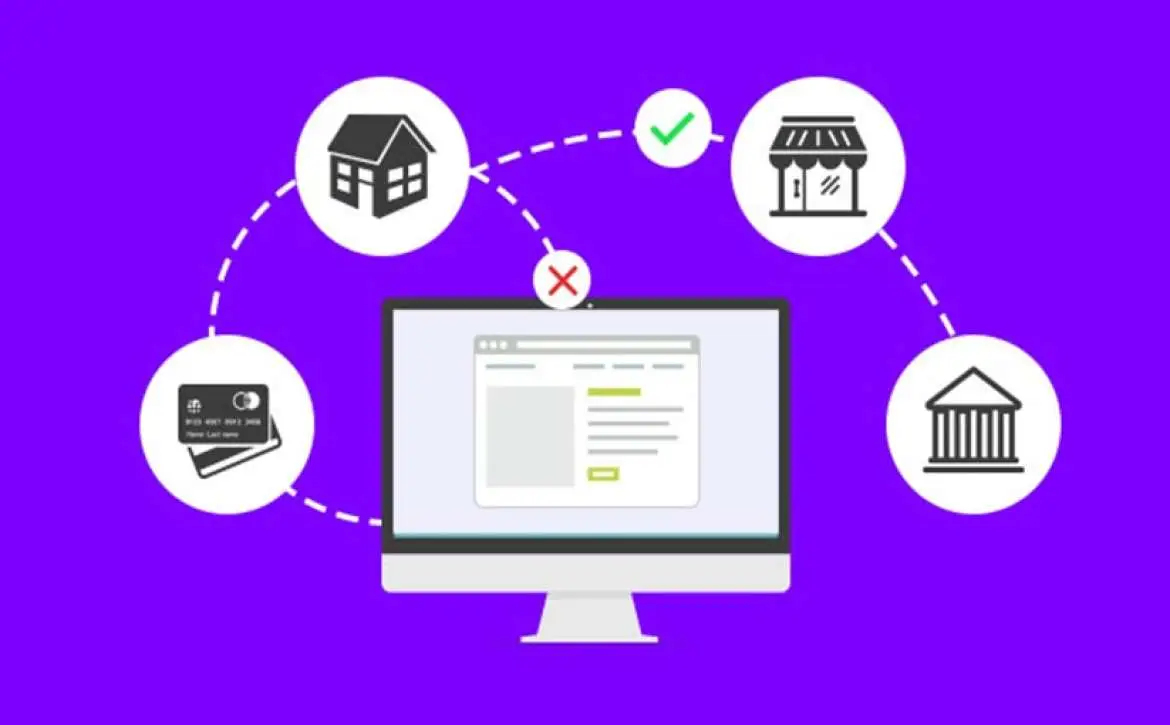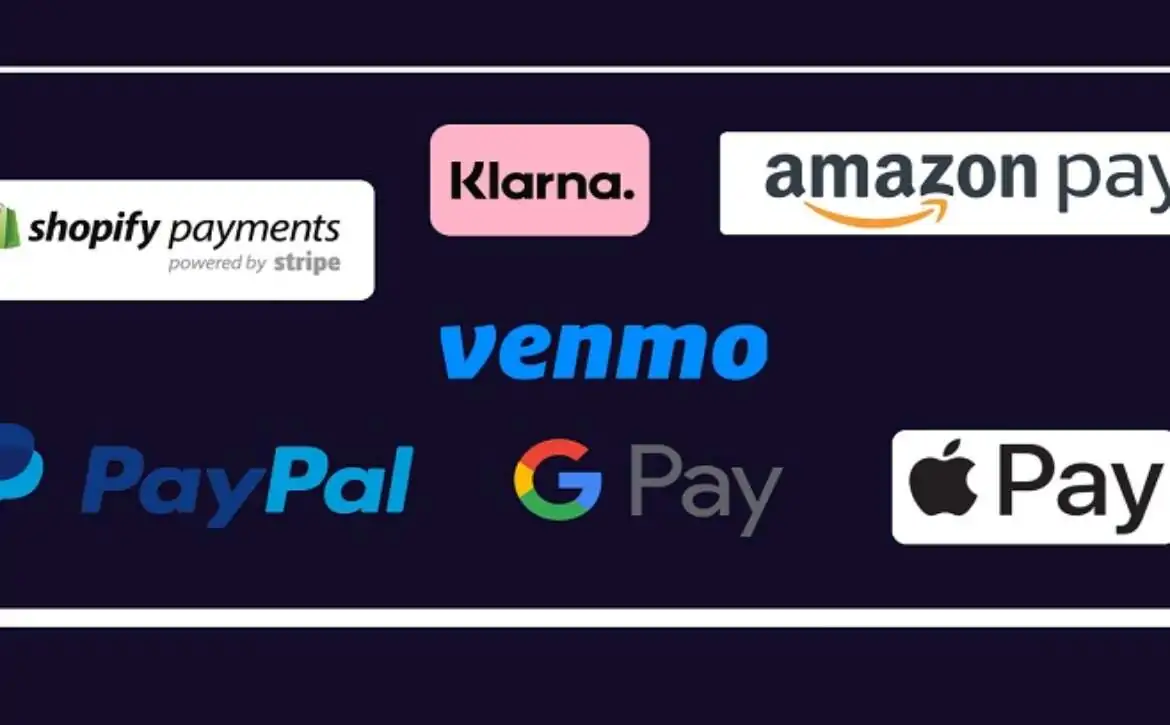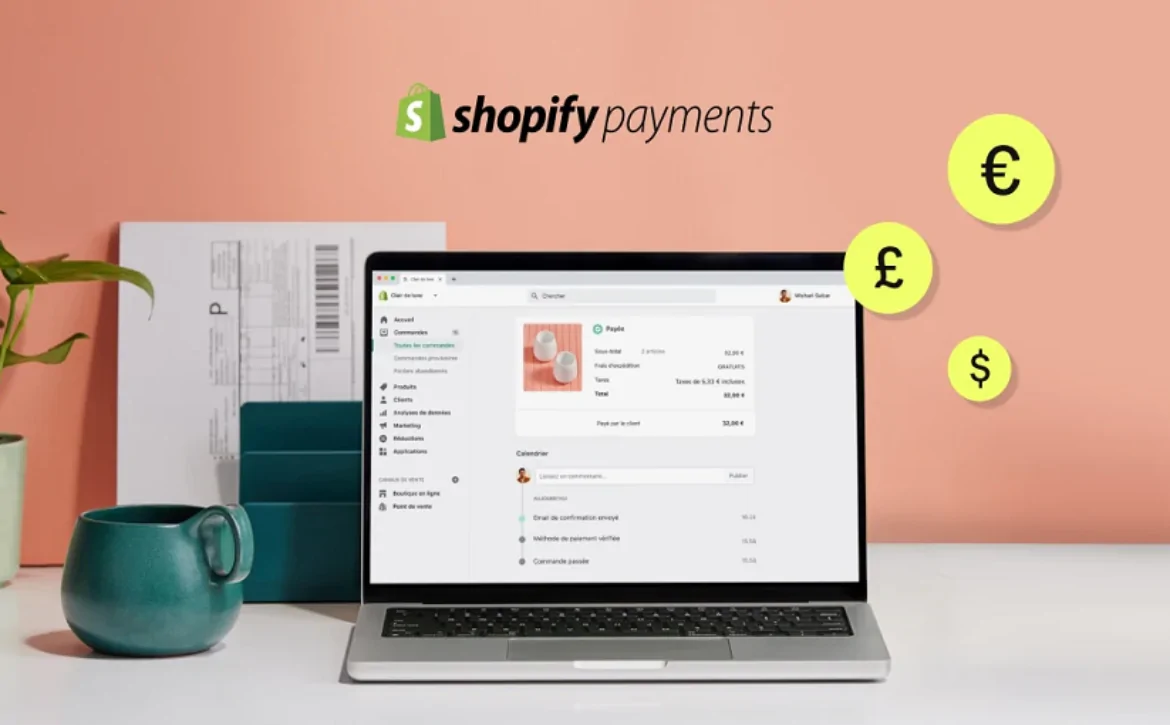When running an online store on Shopify, one of the most critical factors that can impact your profitability is the fees associated with payments. Shopify, as one of the leading e-commerce platforms, offers its own integrated payment gateway called Shopify Payments. This payment solution streamlines the payment process for both merchants and customers, but it comes with fees that, if left unmanaged, can eat into your profits. Understanding Shopify payments fees is essential for any merchant seeking to maintain profitability.
These fees encompass various aspects such as credit card processing, transaction fees, and charges for using third-party payment gateways. For instance, merchants often find themselves navigating through Shopify payment fees per month, Shopify credit card processing fees, and transaction fees that vary depending on the plan they select. In addition to the standard fees for using Shopify Payments, merchants may also face charges for using third-party payment gateways. These fees can accumulate over time, especially for businesses with a high volume of sales. Moreover, different countries have varying rules regarding Shopify Payments availability, meaning merchants in unsupported countries may face additional costs for third-party gateways.
The good news is that Shopify provides tools such as the Shopify transaction fees calculator and detailed reports, enabling merchants to estimate and track their costs. Additionally, with the right strategies in place, you can reduce these expenses and improve your bottom line. In this article, we will provide an in-depth exploration of Shopify Payments fees, break down the various costs associated with payment processing, and offer practical strategies for reducing them. We’ll also cover key topics such as Shopify Payments countries, transaction fee structures, and how to leverage the Shopify transaction fees report for more effective financial management.
By understanding the intricacies of Shopify’s fee structure and adopting cost-saving strategies, you can protect your profits and ensure the financial success of your online store.
Understanding Shopify Payments Fees
Before diving into strategies for reducing Shopify payment fees, it’s crucial to have a clear understanding of the different types of fees Shopify charges. These fees can broadly be categorized into the following:
1. Shopify Payments Fees:
This is the fee associated with using Shopify’s own payment gateway. Shopify Payments is available in various countries and simplifies the payment process by integrating directly with your store, eliminating the need for third-party processors.
2. Shopify Credit Card Processing Fees:
These are the fees Shopify charges for processing credit card transactions through Shopify Payments. The fee rate depends on the Shopify pricing plan you’re on and typically includes a percentage of the transaction value plus a flat fee per transaction.
3. Shopify Third-Party Transaction Fees:
If you choose to use a payment gateway other than Shopify Payments fees, Shopify will charge you additional transaction fees for every sale you make. This is on top of the fees charged by the third-party processor.
4. Shopify Pricing:
Shopify offers several pricing plans, each with its own fee structure for transactions and credit card processing. The plan you choose will directly affect the amount you pay in Shopify payment fees per month.
Shopify Pricing Plans and Their Impact on Fees
Shopify offers several pricing tiers:
- Basic Shopify: $39/month
- Shopify: $105/month
- Advanced Shopify: $399/month
- Shopify Plus: Custom pricing
Each of these plans comes with different fee structures. For example:
- Basic Shopify Plan: 2.9% + 30¢ per online credit card transaction
- Shopify Plan: 2.6% + 30¢ per online credit card transaction
- Advanced Shopify Plan: 2.4% + 30¢ per online credit card transaction
The higher the plan, the lower your Shopify credit card processing fees. However, the monthly subscription fee increases, so it’s important to calculate how your total costs will balance based on your sales volume.
How Shopify Payments Fees Work
Shopify Payments fees cover two main components:
- Transaction Fee: A fee charged on the total sale amount, which includes taxes and shipping.
- Credit Card Processing Fee: A fee that applies when a customer uses a credit card to make a payment.
When using Shopify Payments, you avoid additional third-party payment processor fees, but you still pay the Shopify credit card processing fees.
FAQs
What is the Shopify Payments fee?
Shopify Payments is a transaction processing fee charged by Shopify for merchants using its built-in payment gateway. It ranges from 2.9% + 30¢ per transaction on Basic to lower rates on higher-tier plans. This fee covers credit card processing, fraud detection, and other payment-related services, eliminating the need for third-party fees.
How do I avoid transaction fees on Shopify?
Use Shopify Payments as your primary payment gateway to avoid transaction fees on Shopify. Choose a plan that fits your needs, negotiate terms with lower fees, encourage lower-cost payment methods, and regularly review transaction reports.
Is Shopify Payments worth it?
Shopify Payments is a cost-effective and efficient solution for merchants due to its seamless integration with the Shopify platform, lower credit card processing fees, and advanced fraud protection features. It supports multiple currencies and offers streamlined checkout experiences, but availability depends on location and payment needs.
Is Shopify Payments better than Stripe?
Shopify Payments and Stripe are two payment solutions for businesses. Shopify Payments offers seamless integration, lower transaction fees, and simplifies payment management, but is only available in certain countries. Stripe offers broader international support and customization options, making it suitable for diverse or international payment needs.
Is it better to use Shopify Payments or PayPal?
Shopify Payments integrates seamlessly into Shopify stores, offering lower transaction fees and multiple currencies. PayPal, a popular payment method, enhances customer trust but may introduce additional charges. Both options cater to different business needs.
Strategies to Reduce Shopify Payments Fees
To reduce Shopify Payments fees, several strategies can be employed to optimize your store’s profitability.
1. Optimize Your Shopify Plan
As your business grows, it’s crucial to review your Shopify pricing plan to ensure it aligns with your sales volume. Moving from the Basic Shopify Plan to the Shopify or Advanced plans can save you significant money on credit card processing fees. Use the Shopify transaction fees calculator to determine when upgrading makes sense. This calculator allows you to input your sales volume and transaction sizes to estimate your total fees for different plans.
2. Use Shopify Payments When Possible
To avoid third-party transaction fees, it’s highly recommended to use Shopify Payments where available. Shopify Payments countries include the US, Canada, the UK, Australia, and many European nations. If your country supports Shopify Payments, this integrated solution can save you a significant amount by eliminating the 2.0% additional transaction fee Shopify charges for external payment gateways on the Basic plan.
3. Leverage Shopify Transaction Fees Report
Shopify provides detailed reporting tools, including the Shopify transaction fees report, which allows you to track your monthly fees, transaction types, and the associated costs. Regularly reviewing this report can help you identify patterns and areas where you might be able to reduce costs. For instance, if you notice a high percentage of transactions coming from third-party gateways, it might be worth encouraging customers to use Shopify Payments instead.
4. Encourage Alternative Payment Methods
While Shopify Payments is an excellent option, offering alternative payment methods like PayPal or Amazon Pay may sometimes reduce costs. Some alternative payment options may have lower fees, or they may already be preferred by your customer base, allowing for increased convenience and potentially lowering your overall costs.
5. Minimize Refunds and Chargebacks
Refunds and chargebacks can increase your processing costs because you’re typically not refunded the original processing fee. Implementing a clear refund policy, providing excellent customer service, and using fraud detection tools can help minimize refunds and chargebacks, reducing unnecessary fees.
6. Consider Regional Fee Variations
Shopify Payments fees can vary by country, so if you’re selling internationally, pay attention to the fees applicable to different Shopify Payments countries. In some cases, third-party payment gateways might be more cost-effective in certain regions. Research which payment gateway is most economical based on your customers’ location and transaction volume.
7. Negotiate with Shopify for High-Volume Sales
For businesses processing high volumes of sales, particularly those on Shopify Plus, there may be room to negotiate lower credit card processing rates. Shopify is often willing to offer more favorable terms to larger merchants, particularly those doing several million dollars in transactions annually. Contact Shopify support to explore your options.
8. Bundle Products and Encourage Higher Transaction Values
Since Shopify credit card processing fees include both a percentage-based fee and a flat per-transaction fee (e.g., 30¢ per transaction), increasing your average order value can help reduce the impact of the flat fee. Consider bundling products or offering discounts on larger orders to encourage higher transaction values and offset the per-transaction costs.
9. Offer Discounts for Non-Credit Card Payments
One way to potentially reduce Shopify credit card processing fees is to offer discounts or incentives to customers who use non-credit card payment methods, such as bank transfers or digital wallets (if available in your region). Many digital wallets, such as Apple Pay, Google Pay, and PayPal, offer lower transaction fees compared to traditional credit cards. You can highlight these payment options during the checkout process and encourage customers to choose them for a discount or reward.
10. Consider Using a Custom Payment Gateway for High-Ticket Items
If your store sells high-ticket items (such as luxury goods or high-end electronics), you may want to explore using a custom payment gateway for these transactions. Some specialized shopify payments fees gateway may offer lower rates for large transactions or negotiate fees based on your sales volume. Shopify allows you to integrate custom payment gateways, and while there may be additional development work required, the long-term savings on large-ticket purchases can be significant.
11. Take Advantage of Shopify’s Multi-Currency Feature
If you operate an international store and have customers from multiple countries, Shopify’s multi-currency feature (available on the Shopify Plus and Advanced Shopify plans) allows you to charge customers in their local currency while still using Shopify Payments. This reduces the need for external currency conversion services, which often charge additional fees. By minimizing these extra charges, you can keep your overall transaction fees lower and offer a better customer experience for international buyers.
12. Use Shopify Payments Fraud Prevention Tools
Fraudulent transactions can result in chargeback fees, which are often higher than regular transaction fees. Shopify Payments includes built-in fraud prevention tools like Shopify Fraud Protect, which is available on some plans. This tool flags potentially fraudulent orders and offers protection for certain transactions, covering the cost of chargebacks in cases of fraud. By reducing the number of fraudulent transactions, you can minimize chargeback fees and protect your revenue.
Using Third-Party Payment Gateways: When It Makes Sense
There are situations where using a third-party payment gateway may be beneficial despite the added fees. For example, if you operate in a country where Shopify Payments is not available, you may have no choice but to use an external gateway. Additionally, some third-party gateways may offer more favorable rates for specific payment methods or international transactions.
However, be mindful of the Shopify third-party transaction fees, which can range from 0.5% to 2.0% depending on your plan. It’s important to weigh the costs of these fees against the potential benefits of offering a broader range of payment options.
Calculating Your Shopify Payments Fees
Shopify offers tools such as the Shopify transaction fees calculator to help merchants estimate their monthly costs. By entering your average transaction size and monthly sales volume, you can get a clearer picture of your fees. This tool is particularly useful when evaluating different Shopify plans or considering whether to switch to Shopify Payments.
To conclude, managing Shopify payments fees is crucial for online store success. By choosing the right pricing plan, using Shopify Payments, and using strategic approaches, merchants can significantly reduce transaction costs. Tools like the Shopify transaction fees calculator and detailed reports can help optimize fee structures for long-term profitability. Understanding the structure, closely monitoring expenses, and taking proactive steps to reduce fees are key to minimizing Shopify fees and ensuring business profitability in the long run.




